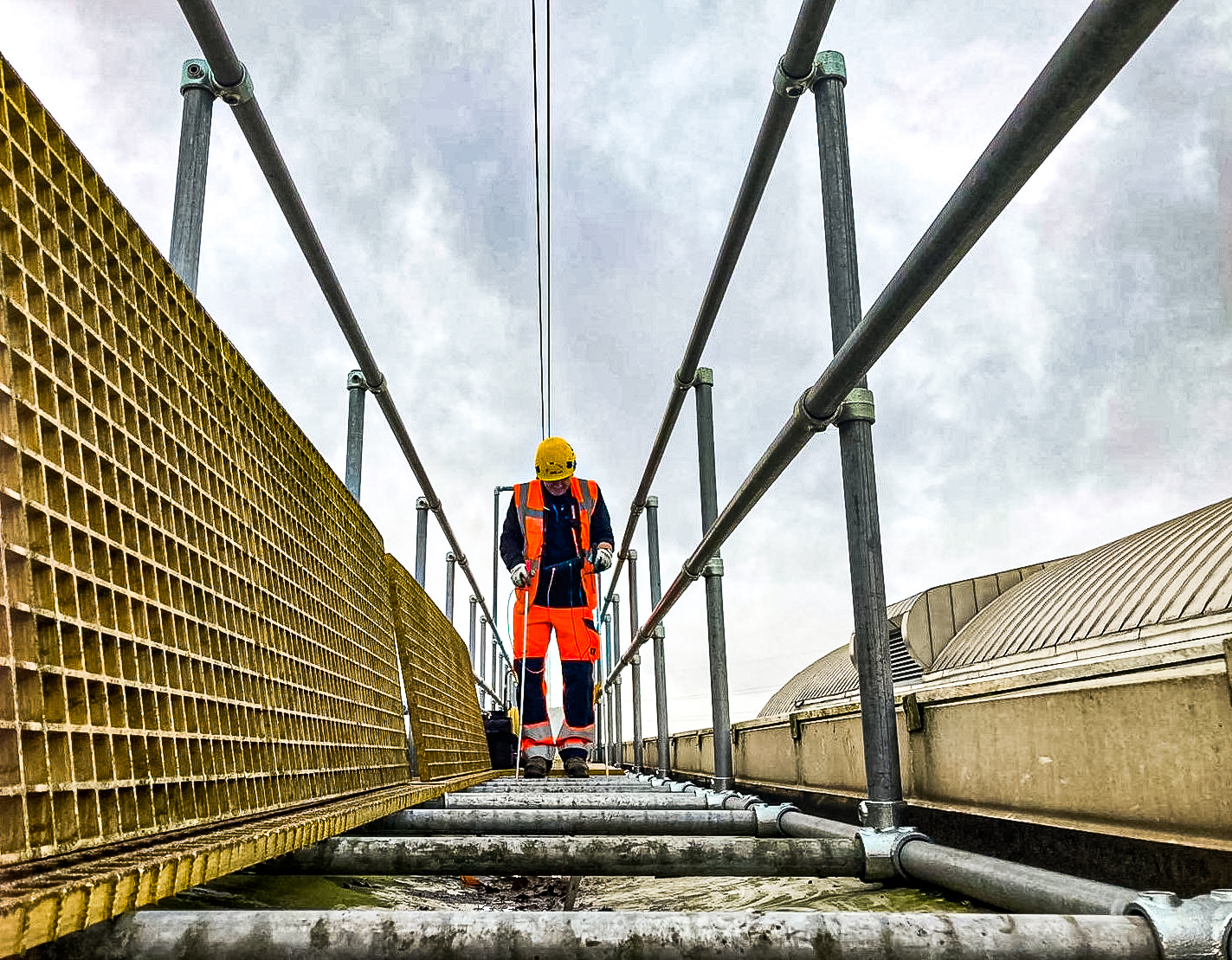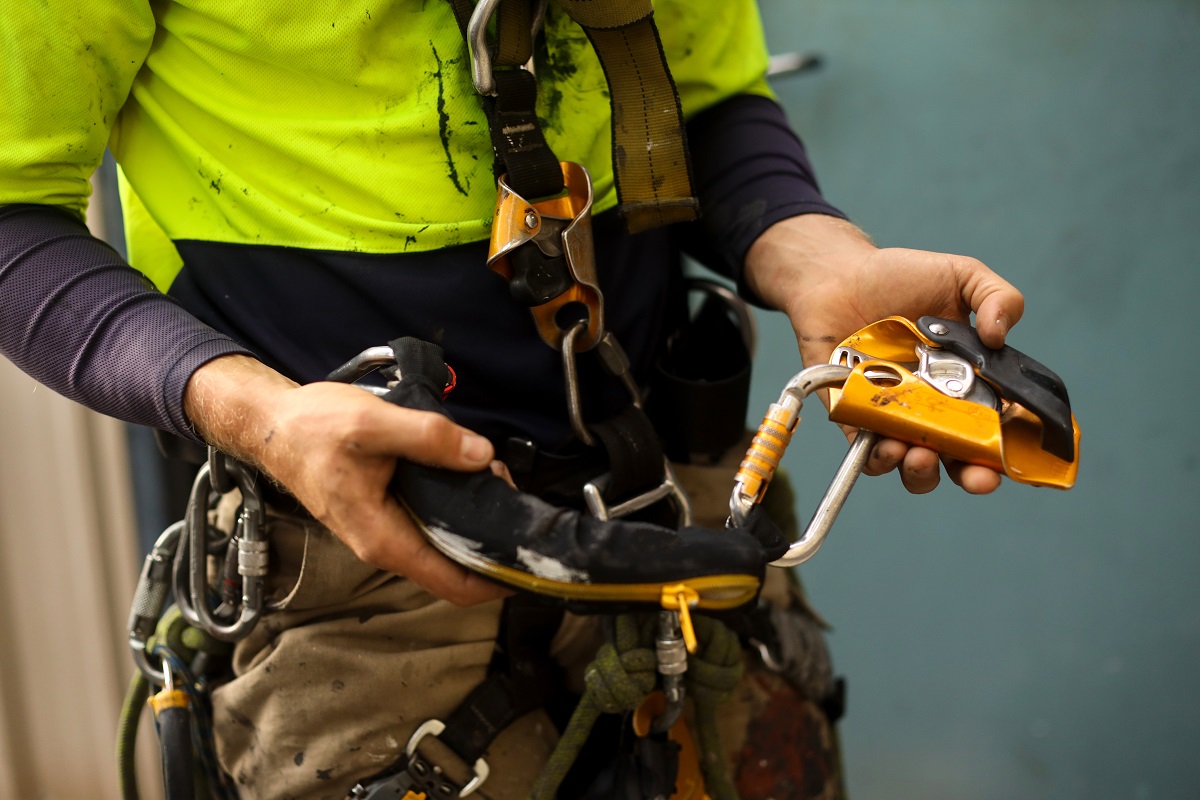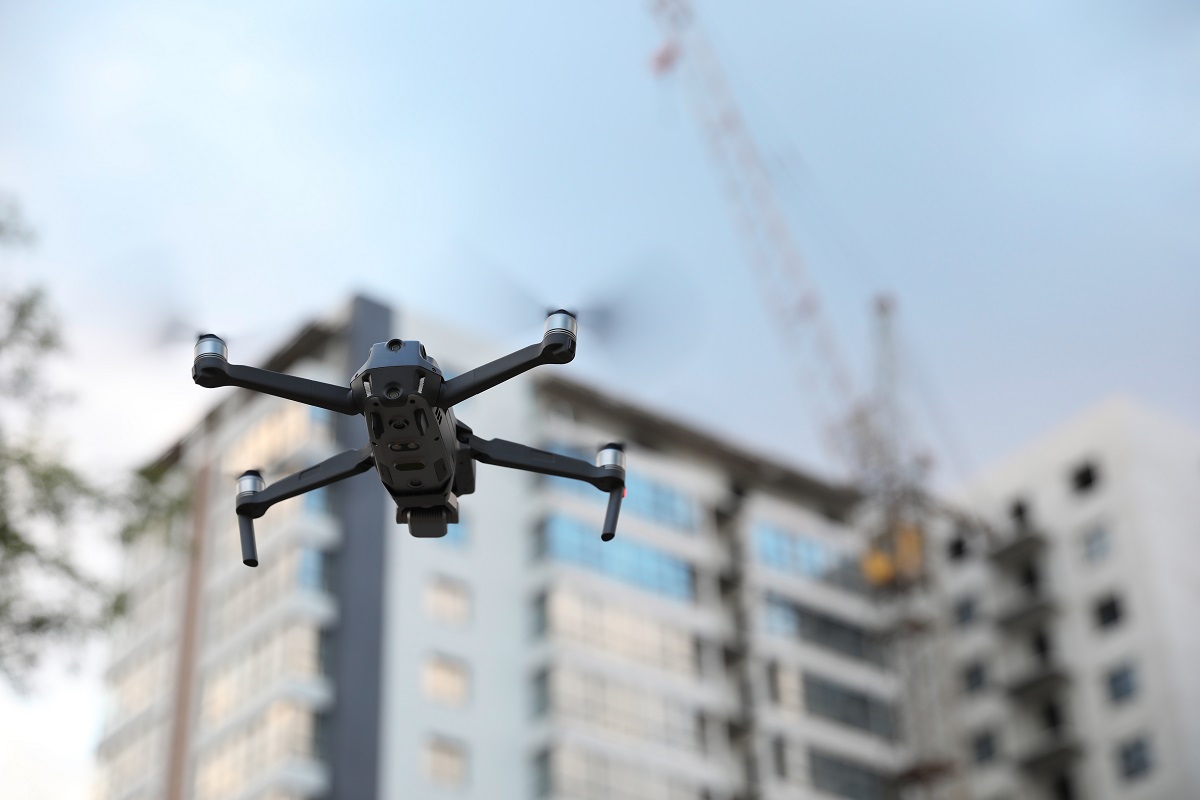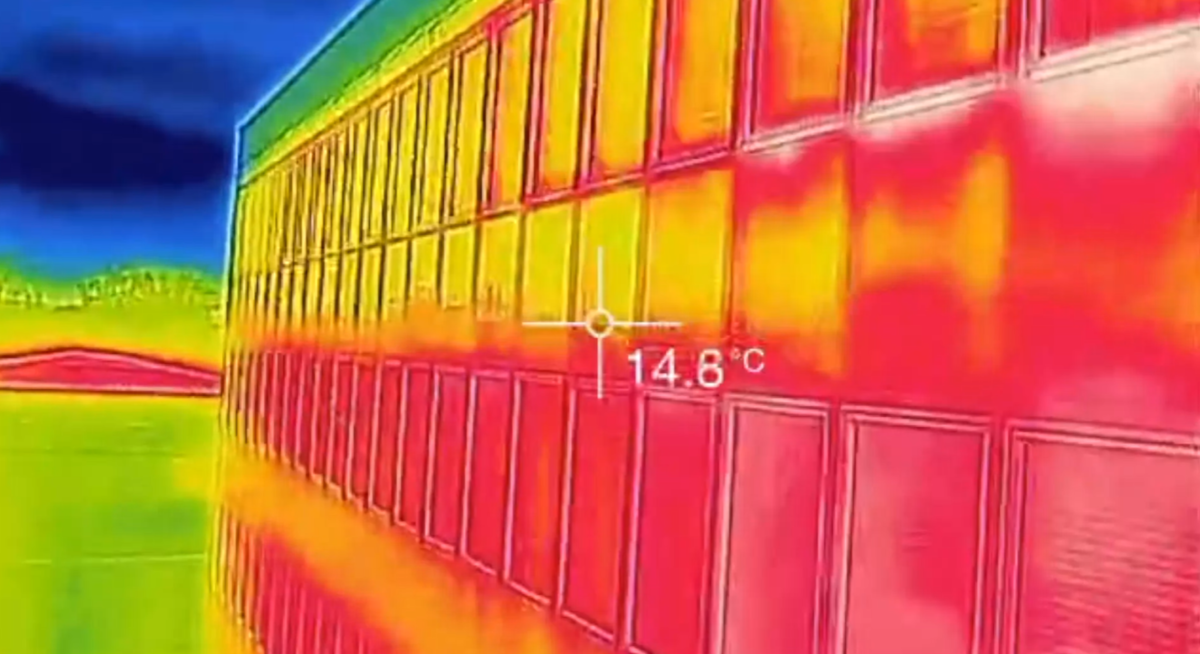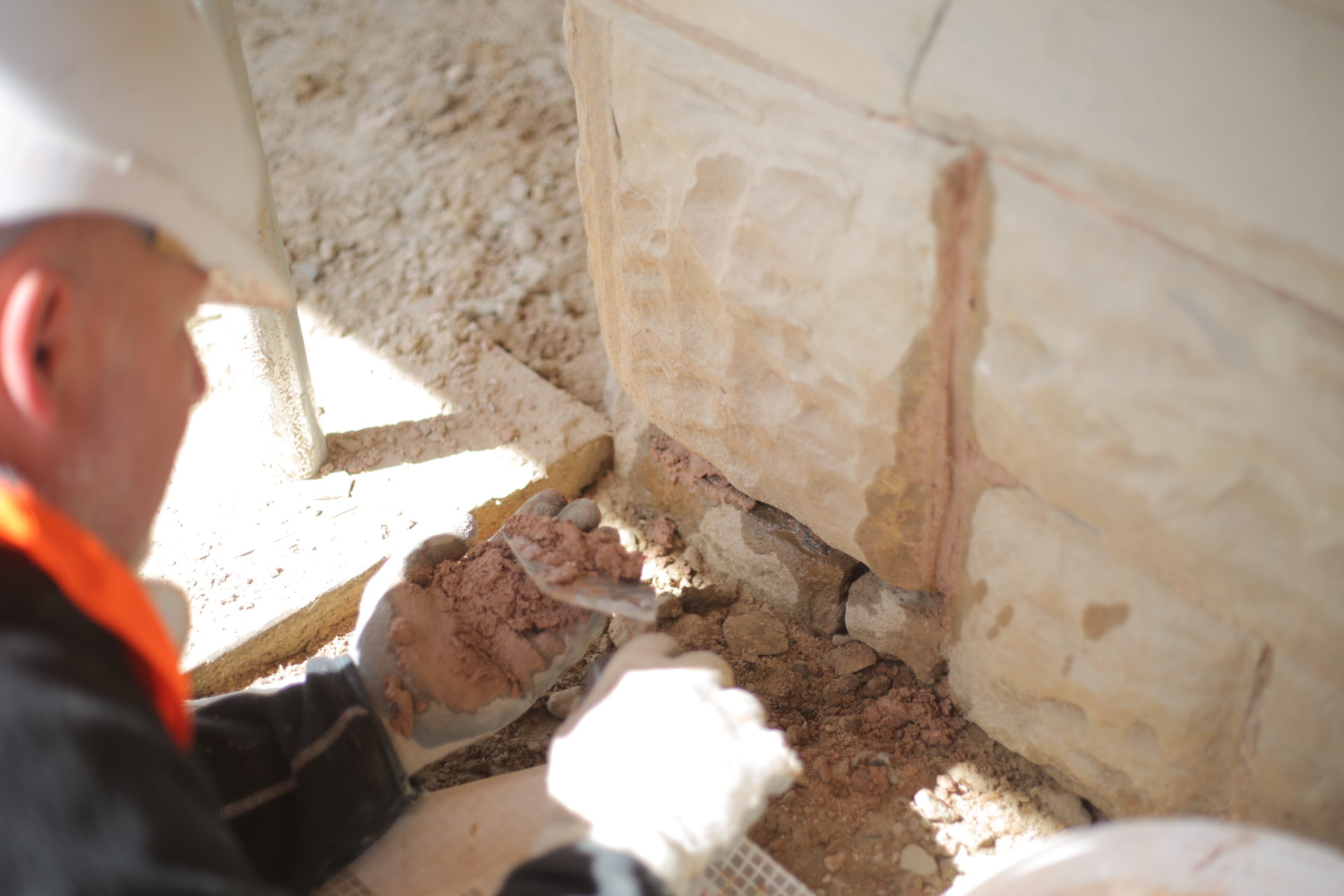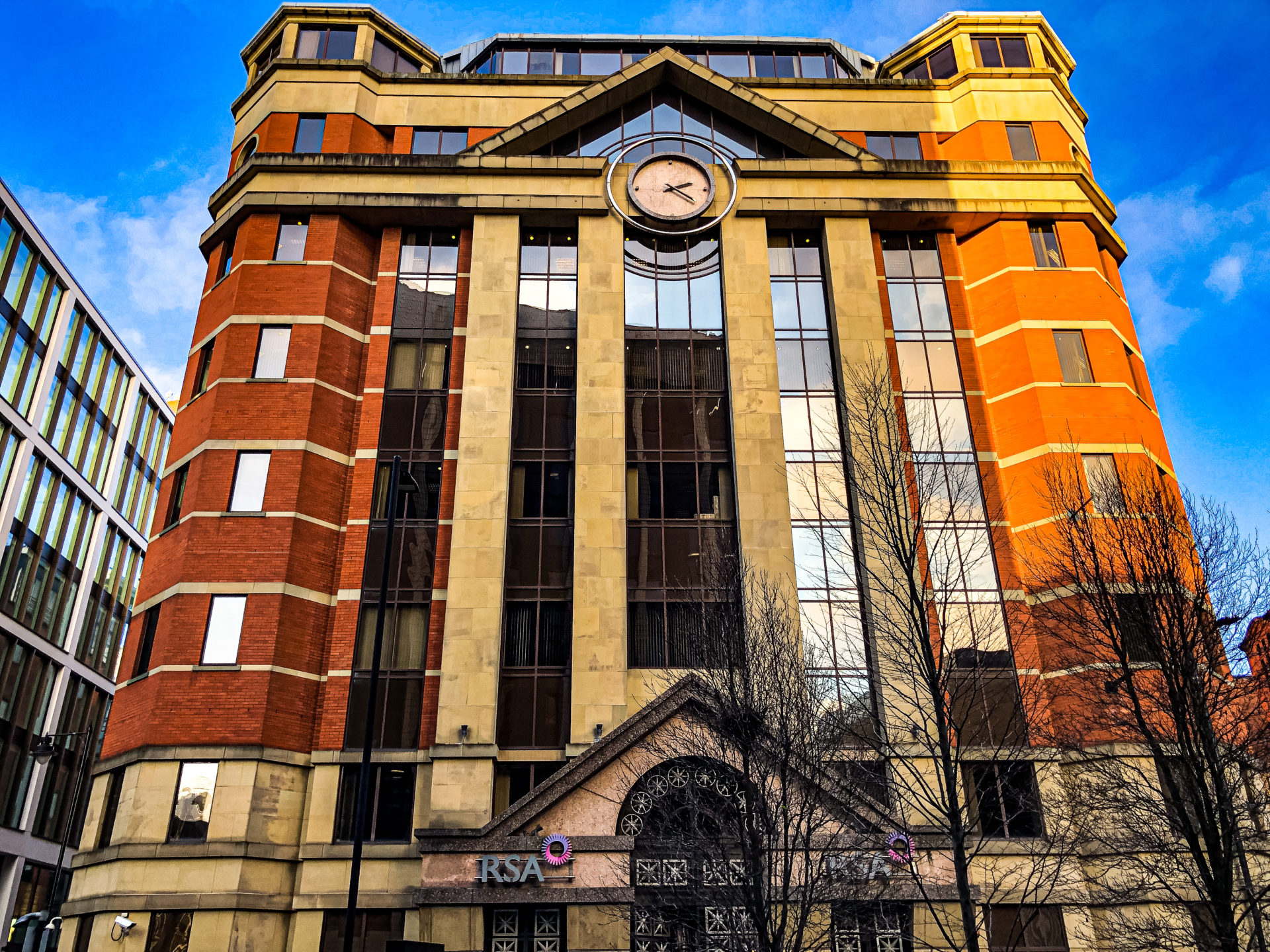With surging demands and the hospitality industry returning to normalcy, the hotels in the UK will need to ensure they have maximum occupancy capability.
From the initial Google search to that first photo on Expedia/TripAdvisor right to stepping through the hotel door, the building and the quality of its exterior counts.
The chances of maintenance failures are there but how they are managed is critical. Our experience with leaks are they have usually been going on for some time with various contractors unable to resolve the problem.
Repairs are carried out without identifying the source and underlying causes. Guesswork and usage of materials typically are unsuitable.
Every additional day of delayed repairs means an increased probability of further damage and costs.
Common reasons for roof leaks
Due to the complex nature of leaks and highly limited access to the roofs, it becomes quite difficult for the leak investigations to offer a guarantee that all causes of leaks would be found and prevent further water ingress.
- UV damage
- Incorrect repairs
- Failing brickwork, flashing and coping
- Installation issues
- Corrosion of gutters and failing outlets
- Design and structural defects
- Cuts, tears and blistering in roof membranes
The testing process should include individual roof components to isolate potential defects. This includes carrying out tests to ensure the rainwater outlets are functioning properly and that water is draining away efficiently.
Benefits of non-destructive leak investigation
Non-destructive leak investigation methods are an effective solution as they provide a snapshot of the overall condition of the roof compared to a visual inspection.
- Helps reduce energy consumption and saves on costly heating bills
- Helps minimise guest disruption and damage to the property
- Covers large areas of the roof quickly
- Detection of moisture in ceilings, flat roofs and behind walls
With non-destructive leak testing, it becomes simpler to identify defects, track and map how the water is entering the building.
Specialist services below are instrumental in helping tackle the issues caused by leaks and water ingress.
- Electronic integrity testing
- Dry testing
- Moisture mapping
- Vacuum dewatering
- Dec scanning
- Spray bar water testing
In such instances, utilising specialist testing methods like moisture mapping is far more effective than relying on visual inspection. They pinpoint towards the water ingress so that informed decisions can be made on the exact repair and refurbishment works required even on challenging to access roofs.
Moisture mapping is suited for all roof structures, particularly those with multiple layers of insulation and previous waterproofing systems.
Thermographic surveys can be employed alongside a comprehensive roof survey to identify the full extent of water ingress being experienced to highlight thermal irregularities within the roof build-up, which are then converted into a clear image of the roof’s condition.
At Building Transformation, we offer specialist leak detection services including dec scanning, electronic leak integrity testing of roof membranes, moisture mapping, roof and façade surveys using MEWP access solutions, as well as repair solutions for roofs, gutters, façades and balconies.
With non-destructive leak investigation methods, hotel rooms can remain open and the daily operations can run smoothly without disruptions; be it listed, victorian, country house, contemporary or modern.

